PM sent. To initiate a "conversation" (PM) click on the user name in the Avatar and a box opens with options. One is for conversations.

******************Here are some screenshots of the other polarity of the GOES-17 spectrum.
This signal is about 0.6 dB weaker. It took several coax resets before it would lock.
View attachment 132875 View attachment 132876 View attachment 132877
I used an AirSpy SDR running "SpectrumSpy". It allows you to view a larger band of spectrum than the SDR is normally capable of. It does this by rapidly switching the center frequency.What SDR software programs are recommended for displaying the characteristics of the GRB RF signal ? ...
The page Magic Static linked to is for the whole system (hardware and software). The page dedicated to CSPP-GEO software is here: CSPP Geo, CIMSS...
Speaking of GRB signal processing and display software, NOAA points to the Univ of Wisconsin hosted software suite for GOES GRB processing and display: The info at this site appears to be quite dated and I do not see any reference to updates.....
You say you are in Micanopy Fl, you can get that signal with an 8' dish. If you go to a 10' dish then you will have even more margin.As expected I am not getting near enough GRB signal with my 8' dish (see attached) so am searching for a 12' replacement.
You forgot to mention expensive as well...I think there is an unwritten rule that everything you really want has to be as far away as possible.
Should say:These are assumptions though as conditions my change that.
**************Hi Mike,
You say you are in Micanopy Fl, you can get that signal with an 8' dish. If you go to a 10' dish then you will have even more margin.
Weather01089 is in Mass. and he is using a 10' to get both streams there. You can get it on a 8' dish due to the prox. to the satellite.
Though there are factors that can change that.
My questions for you are:
1: What feed are you using?
In much detail as you can provide..
I know you mentioned that you have a patch antenna in a past post.
2: Is it circular polarized?
For now that's all I can think of.
In post #9 on page 1 I put up spectrum plots of the GRB signal. I was getting a 12.2 dBm above noise with a vertical polarized feed. So that can give some idea on mins. but it won't tell if the signal is usable on that.
The only way to know if the signal is usable is by getting a DVB-S2 Generic receiver that can decode the streams. This has been one of the bigger problems of this as the receivers don't seem to be set up for this type of use even though they are DVB-S2 type.
If I am wrong about this anyone please correct me.
For Magic Static, You could probably get the signal on a 10' dish there. These are assumptions though as conditions my change that.
You forgot to mention expensive as well...
As the both of you know I am having my own issues here, regardless of that I do have a 8dB C/N signal which is strong as KWX, and N6BY out in Cal.
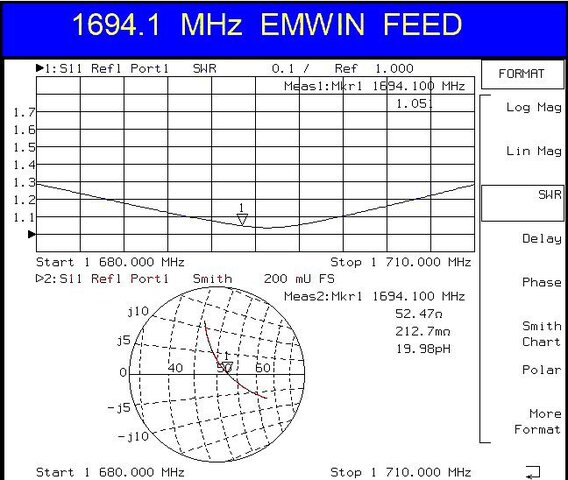
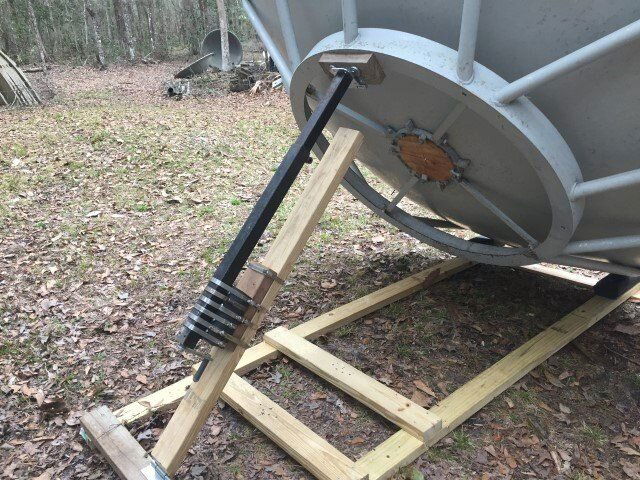
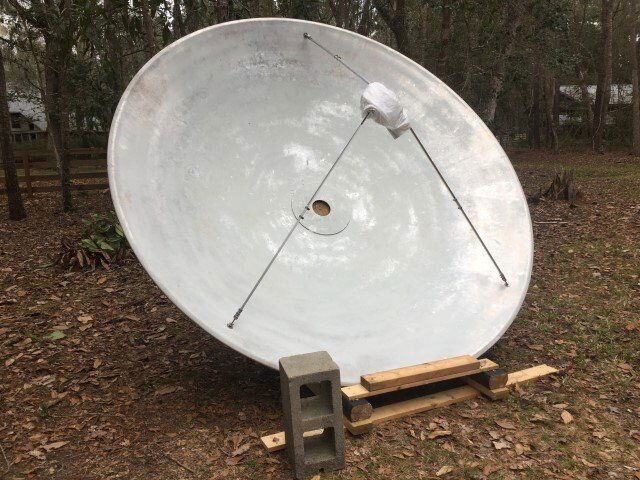
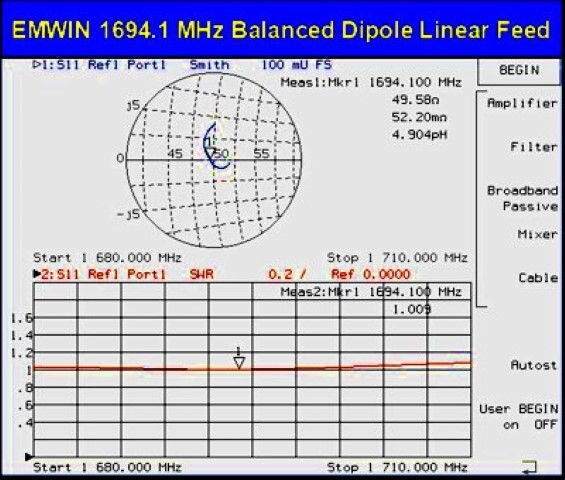
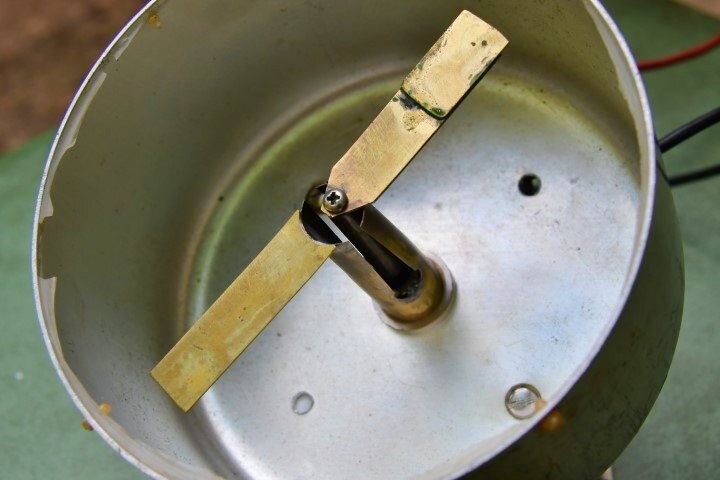

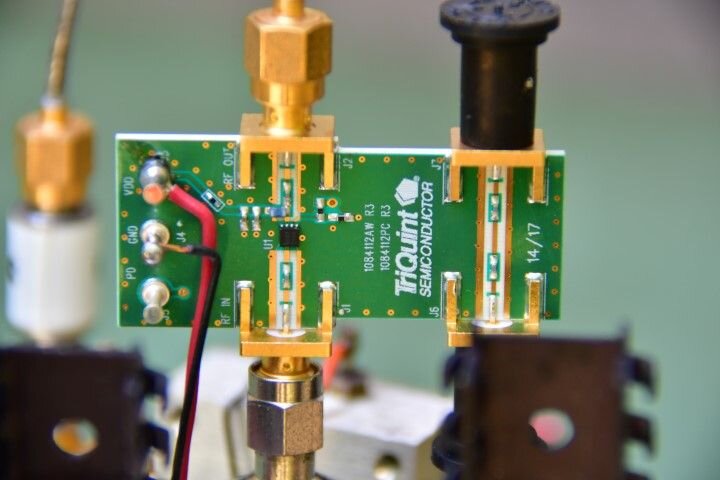
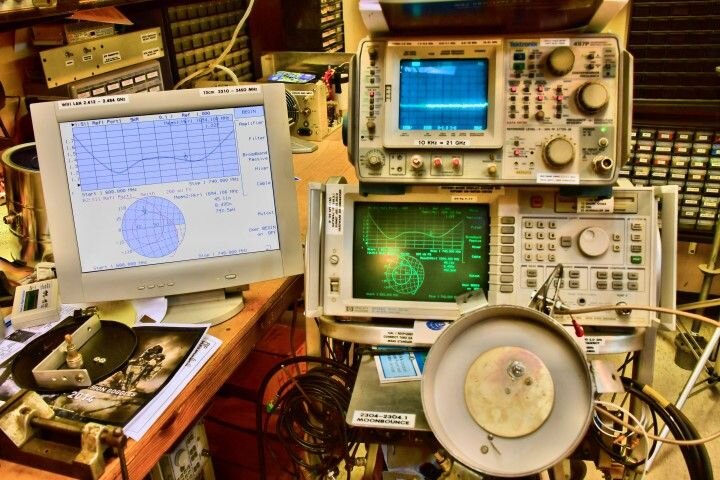

Yes, the link you gave is the known working PCIe card. But the TBS6903 is better and also works for NOAAPort because it supports ACM/VCM. The Digital Devices does not. I use a TBS6983 which is an older version of the TBS6903....
Brett, please check my link of the receiver card to be sure it's the right one, thanks.
Okay... But have we actually tested the TBS6903 card for use in receiving GRB?But the TBS6903 is better and also works for NOAAPort because it supports ACM/VCM. The Digital Devices does not. I use a TBS6983 which is an older version of the TBS6903.
Yes. 'weather01089' has verified it on the chat board.Okay... But have we actually tested the TBS6903 card for use in receiving GRB?....
*************************Mike, you got some nice stuff.
I can tell you that the dipole won't work so we can eliminate that from the equation, no chance of circular polarization there..
If the the patch feed can do it the isolation between the polarities could be a problem but it may still work to a point.
Might be an option.
Tell us more about the EMWIN feed.
Is it the basic cantenna design?
Like a can 5" dia with a probe on one end. As we are calling it a cantenna.
If it is, then whatever you can get with it you must be able to do as good or better with any other feed. That would be a good start without having a DVB-S2 receiver..
I can't see much detail in the pics as satguys lowers the resolution of pictures of certain sizes and then you loose the detail.
I am not familiar with the NOAA polar orbiter 1690 Mhz feeds. I have never messed with those satellites at that frequency only at he 137 Mhz frequencies.
The septum feed has been proven to work, however you can get close with a design as we have been talking about throughout this forum that's much cheaper in the early design, certainly up to you.
Otherwise I would recommend that you get ready to purchase the Digital devices DD Cine card as the receiver. This is the most important tool that you will have to determine the signal's level and quality.
A better feed can be made later once you are able to see your signal details.
Unless.. you have access to a commercial DVB-S2 signal analyzer then you can use that to determine how well your setup is doing. Most of us don't have access to that.
I just came up with an idea, Mike do you have a NOAAPORT downlink there?
If you do.. NOAAPORT uses the DVB-S2 outer format that is used on the GRB signal, It will lock and show signal strength info on the GRB signal BUT it WILL NOT DECODE the GRB signal as the GRB stream is a different type of format then what is used on NOAAPORT.
When I did my setup I started out with an analyzer to see the signal, I had to use my NOAAPORT receiver (Novra S300) to get any detail on signal level and lock.
If you don't have a NOAAPORT downlink then get ready to buy the Digital Devices receiver card as it's the only one available that is known to work..
Brett, please check my link of the receiver card to be sure it's the right one, thanks.
Oh good, there are 2 choices for the receiver.Yes. 'weather01089' has verified it on the chat board.
Hi, Fred--
I knew that the dipole feed is useless for the GRB downlink. I built it for downlinking the EMWIN signal and it seems to be producing sufficient signal above the noise-floor to enable clean processing and display of the EMWIN content
I found it and it looks to be around 8 dB. I notice that your BW looks to be at 100 khz. When I did the display of mine the BW was 200 kHz (hard to read in the picture). The difference of the BW might affect the S/N dB amplitude measurement. Try to see if you can get the analyzer to 200 Khz BW then look at the S/N.What's the level in dB above the noise floor when you took that sample? (I may have overlooked it)
It's now on Galaxy 89W as NOAA moved it from SES.I know nothing about the NOAAPORT signal except that it is downlinked from the SES Americom SES-1 Satellite, Transponder 13C. The satellite is located at 101 degrees West Longitude.
They are not really special compared to the GVAR receiver.I presume that a special receiver is needed to receive NOAAPORT
Please see post #550. That is why I recommend a TBS6903 over a Digital Devices card -- it works for both NOAAPORT and GRB. I can get both NOAAPort and GRB here in California with a 10 foot dish. It might also work with my 8.5' dish but I haven't tried it yet....
I presume that a special receiver is needed to receive NOAAPORT. Hmmmmm.... How strong is the downlink signal footprint in Florida and what size dish is needed to provide error-free lock up here in Flori-DUH ?...

Limited time offer

